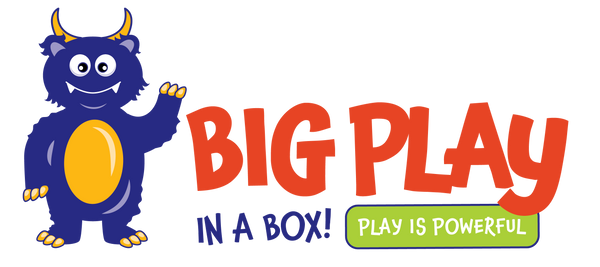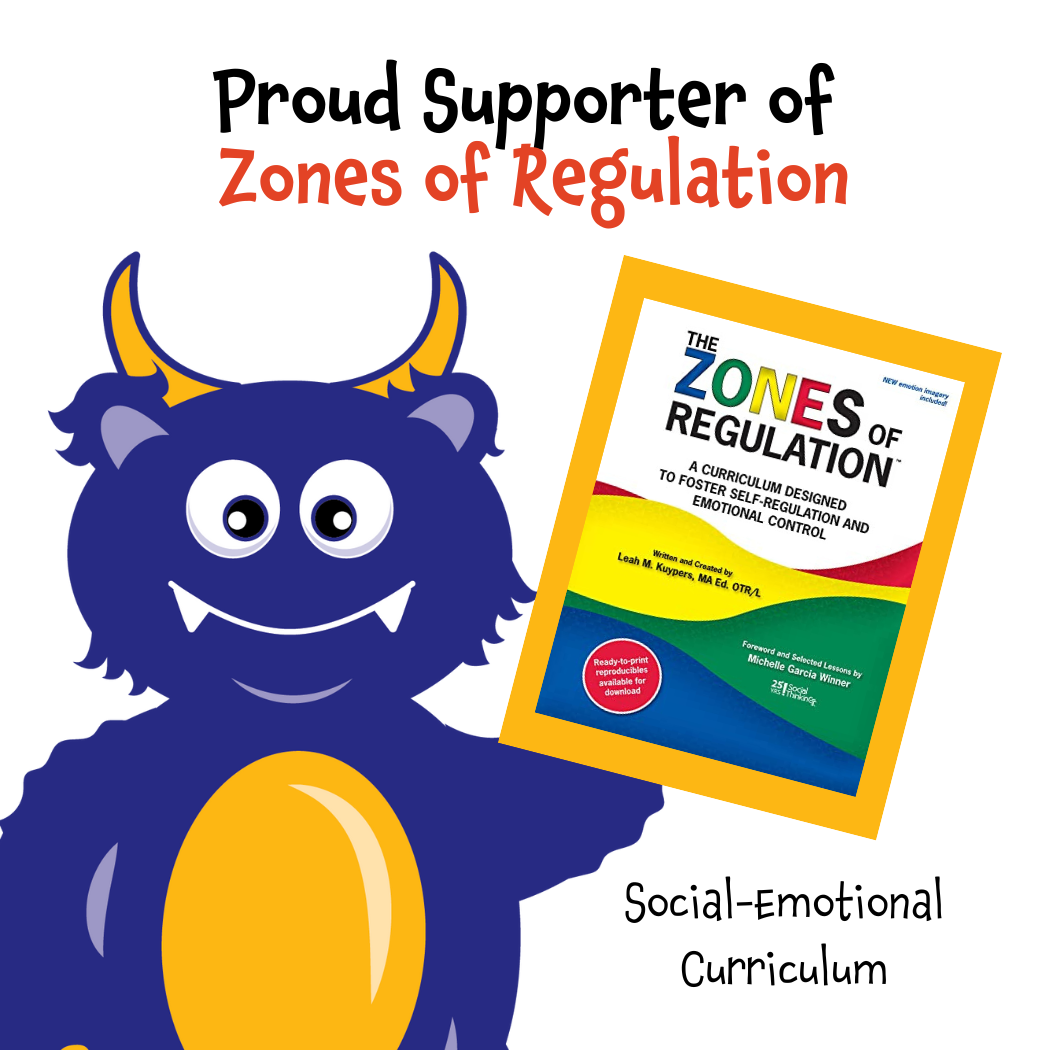
Emotional Regulation has become a topic that is almost unescapable in our world. Studies have indicated that up to 25% of our children between the ages of 3-17 have one or more of the common mental, emotional, and behavioral health conditions.
Commonly, I found that the children who were referred for OT had a very short list of emotions that they could identify and define to a degree that related to themself. One of the tools that I would grab from my bag of tricks was concepts from The Zones of Regulation curriculum. It has over the years evolved, however, the basic principles have remained the same. I would love to share with you these concepts with the goal for you to be able to at least take them forward and expand your child's ability to gauge what "zone" they are in and recognize if it matches the situation they are in.

The colors above are indicators of an individual's state of readiness or emotional availability. The program enforces that anyone who is using this system needs to recognize that everyone will experience each of the feelings in this zone throughout the day, week, or whatever time. The concern lies when you fall into a color that does not represent the situation or environment you are in. This will make more sense after defining the color meanings.
Blue - Represents emotions that are in low states of alertness. They may require rest and recharge to allow any goals that eventually may need to be met. These emotions may include but are not limited to sadness, fatigue, boredom, and sickness. Learning and engagement with others is difficult during these times.
Green - Represents a calm and organized state. Feelings of contentment, happiness, focus, feeling calm, and proud are a few of the emotions in this color. When someone is in this state they are ready to learn and communicate with others. They are in an optimal position to cooperate and participate in new activities that may require new learning.

Yellow - Represents a heightened emotional state. We have feelings that may cause a need for regulation of our energy depending on what situation we are in or circumstantially need to be in. Feelings of silliness, frustration, worry, or stress place one in this zone. Many times these feelings are appropriate for the situation but when they are not, tools may be required to help get that person into a state of calm and readiness. Learning and engaging in this state is difficult.
Red - This color represents real high-energy, intense, very overwhelming feelings. These feelings may include being terrified, overjoyed, angry, and out of control. We may be triggered to a level that the fight, flee or freeze protective response kicks in. It is nearly impossible to engage with others and learning new things in this state likely will not happen. While many of the feelings in this color seem like ones to avoid, it needs to be recognized they are legit and range from extreme feelings of being overjoyed to all-out rage.
It may seem like the goal here is to always work toward being in the Green, ready-to-learn zone. This is not a practical, nor possible state to be in all the time. If you were an athlete in a basketball game and were in the green zone, likely your coach would need to take you out. You need to have heightened energy to perform well. If you were just given the news that your pet needed to be put down, I certainly would not expect for you to be in the green zone. I would be as blue as could be.
When a person's zone color and the situation they are in match, people around the individual have expectations that are being met. If your child is in the middle of their birthday party, the expectation would be for that child to be green to yellow. You are hopeful that you have a child that is happy, excited, and likely a little silly.
On the opposite side of the spectrum someone may have great concern if at that birthday party, a child was hiding under a table due to extreme fear from being overwhelmed in the environment. This child's threshold has passed into a color that not only is scary for the child, but creates unrest around him/her when the emotion being displayed does not fall in the green to yellow category.
Once a child is able to label and separate emotions into the correct zones, the next step will be to help the child identify if their zone color is appropriate for the situation. There are so many labels for different types of emotions. It is important to begin to teach those labels. The Zones, however, give you a tool with a quick representation and visual to use with your kids that is simple to use to allow your child to identify in himself how he/she is feeling. As well, as a caregiver, you can easily discuss with your child zone color expectations before attending various activities. Teach the child that if they start slipping into an unexpected zone color they can reach for tools including talking to the adult amongst others.
To reiterate, the goal for zone use is not to expect an individual to stay in one happy, content color (green). It just cannot happen. The expectation from this program is to be able to identify in yourself as well as in others, if the emotion/behavior being displayed does not match with the social, emotional, and behavioral expectations of the situation they are in.
Our April Big Play in a Box is FILLED with tools for educating your child (and yourself) in ways to increase your emotional intelligence. The doors open 4/18-4/22 with delivery to occur 4/23. You can get on the waitlist HERE. As well, we offer a box of fidgets that make excellent tools when a child is in a blue or yellow colored zone and is trying to get back into the green for increased engagement. The link for the Desk Survival Kit is HERE.

